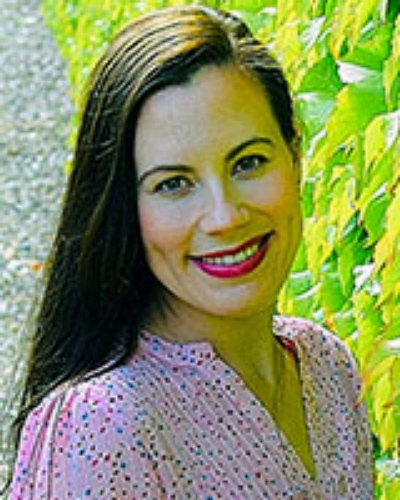Now published, see the full article 
Early Abstract:
Background: Working in emergency medicine in rural areas may entail challenges due to absence of medical backup, difficulties in logistics, lack of healthcare system coordination, and, potentially, feelings of loneliness. The aim of this study was to elucidate the experiences of physicians working in an emergency medical setting in a rural area in northern Sweden.
Methods: A qualitative study was performed based on semi-structured interviews. Six physicians were interviewed. The interviews were transcribed and analysed using the systematic text condensation method.
Results: Rural physicians described thriving in the rural environment. Four main themes were identified as important to their well-being and job satisfaction. They described close relations to the nearest referral centre, where they felt connected to the personnel in the centre. The participants described this as a crucial factor aiding their everyday work in emergency medicine. The rural physicians underlined educational and professional development individually, in teams training sessions, and through the locally created rural residency program for rural GPs as important. They expressed an adaptability to the rural environment and described having a problem-solving attitude. Additionally they found a functional transport system crucial as part of their work flow.
Conclusion: Overall, the rural physicians thrived in the rural environment where interpersonal relations and creative initiatives along with a customised rural residency program prepared the physicians to work in rural areas. Despite the long distances between hospitals and health clinics, the physicians rarely felt alone in the field and the general well-functioning transport system with possibility for improvisations aided them in medical emergencies.




